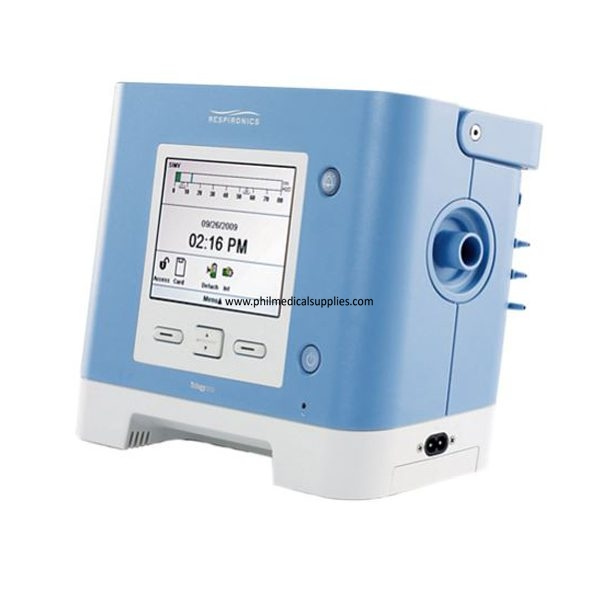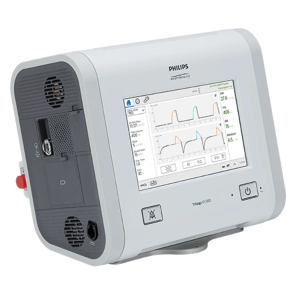
Potable mechanical ventilators are devices designed to enhance artificial ventilation of human lungs. They are primarily used for patients struggling to grasp enough air to support exhalation and inhalation. One of their primary aims is to pump fresh air into the patient's airway using positive pressure. The needs of critically ill patients have inspired the need for portable mechanical ventilators. For instance, sometimes, a patient may need to move from one place to another, either within the same hospital or another healthcare facility. Care providers are expected to provide appropriate ventilator care during the movement, which can be challenging if there are no portable mechanical ventilators.
Initially, manual ventilators were designed to help healthcare providers restore critically ill patients' health. However, it was discovered that manual ventilators were uncomfortable to use in most situations, such as when transporting a patient from one healthcare facility to another. As a result, portable ventilators were designed to be comfortably used whether a patient is being transported or not—the portable ventilator from Philips counters for the challenges experienced with manual ventilators.
For instance, portable ventilators ensure constant oxygen monitoring and prevent inadvertent disconnections. The portable ventilators are also designed with lasting battery power to support the patient for the required time. Portable ventilation occurs through pressure or volume-controlled modes. Each volume-controlled version enables the operator to keep track of the specific programmed tidal volume per ventilation. For this result to be achieved, the pressure must also be controlled. Each portable ventilator serves the unique needs of every patient because it is first calibrated with its unique details. For instance, it must be calibrated regarding the particular condition, patient age, weight, and even size.
Where can portable mechanical ventilators be used?
5 kilograms
Size: 16.68 cm long by 28.45 cm wide by 23.52 cm high (6.6" L x 11.2" W x 9.3" H) when it is off
10 to 60 seconds for the circuit disconnect when it is off
The product portrays a 10 to 60 sec. apnea rate
Extremely high tidal volume Off 50 to 2000 ml
Low tidal volume Off 50–2,000 ml
0 to 99 l/min when the high minute ventilation is off.
Minimum ventilation Away: 0.5 to 99 l per minute
Elevated respiratory rate beats per minute: 4 to 80 when it is turned off
4 to 80 beats per minute for low respiratory rate among patient variables that were measured
It also portrays 0 to 80 beats per minute for respiration
Between 50 to 2000 ml at a tidal volume
A range of 0 to 2000 l per min at peak inspiratory flow
0 to 99 cm of peak inspiratory pressure
Ramp Off: 5 to 45 minutes
Airway pressure on average: 0 to 99 cm H
Flexible Off: 1-3
Sensitivity of the flow trigger: 1 to 9 l/min
Breaths that were triggered by the patient %: 0 to 100
The cycle of flow ranges between 10% to 90%
4 to 60 beats per minute for apnea

Portable ventilators derive this name from their ability to be carried from one place to another as required. They are easy to operate, especially when the healthcare provider has the necessary skills to operate them. An added advantage of the Philips portable ventilator is that it integrates the functionality of an ICU-grade ventilator and the compactness of portable or transport ventilators.